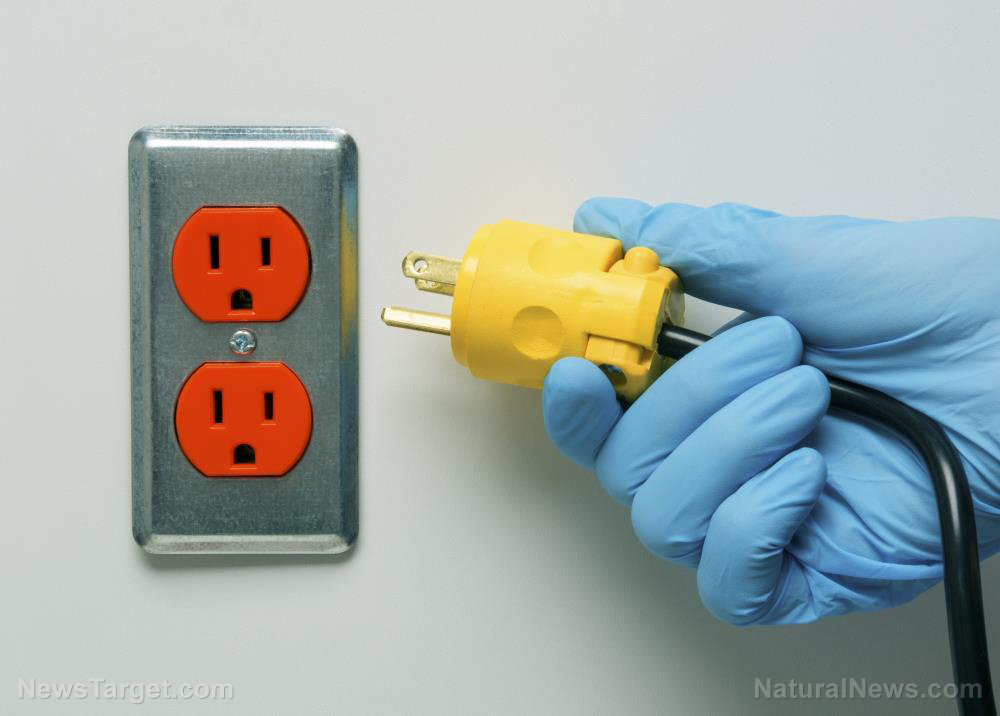
(Article by Kay Smythe republished from TheNationalPulse.com)
Tejada, who worked in part on the paper’s COVID-19 coverage, was married with two children. He had worked at the Wall Street Journal prior to moving to the Times, where he worked for almost five years.
According to Tejada’s own Instagram page, he was grateful to receive the mRNA/LNP booster while in Seoul, South Korea. Tejada originally received the Johnson & Johnson DNA/AAV COVID-19 vaccination in July 2021. Less than a day after receiving his Moderna booster on December 17th, Tejada died of a heart attack. The news was shared via Tejada’s social media by his wife Nora the following morning. The Times confirmed his death on December 22nd.
Former NY Times journalist Alex Berenson reported on his Substack that Tejada did not give informed consent to receive the booster shot, as the consent form was written in Korea and Tejada did not read Korean.
On his social media, Tejada joked that Omicron could “hit [him] with your wet snot,” before going on to say, “all I had to do was fill out this form in a language I cant read. Translation software tells me I now belong to the BTS army.”
Berenson also noted that there have been no clinical trials on the efficacy of mixing two different types of vaccinations.
Studies conducted on COVID-19 vaccinations suggest that those who receive vaccines in rapid succession are more likely to develop heart complications, such as myocarditis and pericarditis.
The NY Times has thus far made no reference to Tejada having received his booster shot just hours before his premature death. To this, Berenson, a former employee of the newspaper, said he hoped that Tejada’s death would finally “wake the Times.”
Studies published to AAHA have suggested that mRNA vaccines increase inflammatory markers in patients. Prior to Tejada receiving his Moderna booster, the CDC announced that 80 percent of COVID-19 Omicron “variant” cases were found in “fully-vaccinated” individuals.
Forty-seven percent of Omicron cases have been found in those individuals who’ve only received the first vaccination, with 33 percent of cases identified in people with both vaccinations and boosters.
Read more at: TheNationalPulse.com
Please contact us for more information.





















